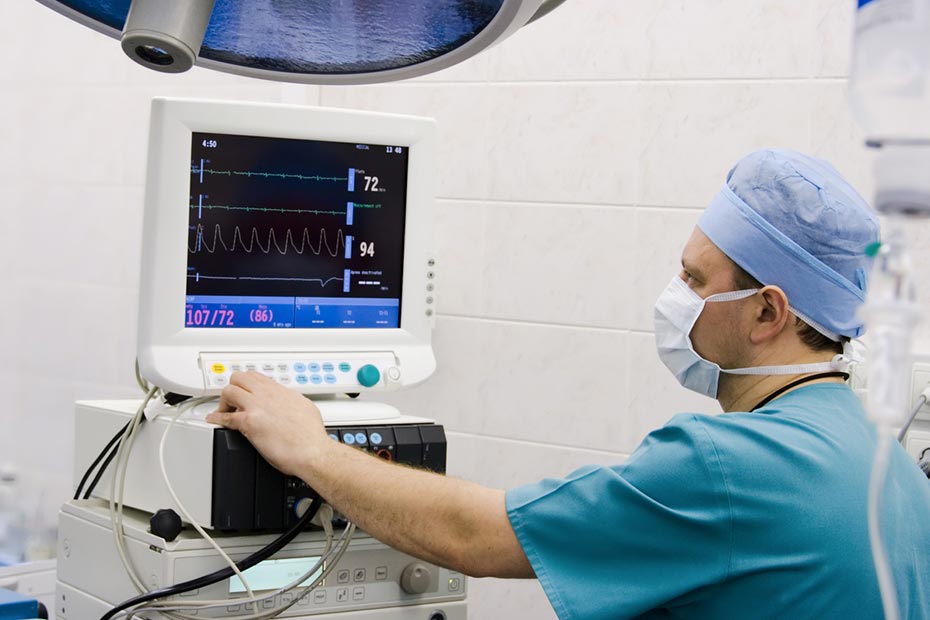Unfortunately, this is not a new issue. In 2019, Statistics Canada reported that around 4.6 million Canadians lacked a primary care provider. But the pressure placed on the healthcare system during and after the pandemic has made the issue much more urgent.
Attracting more medical graduates into family medicine is one way to address the shortage. But why do fewer medical graduates go into the specialty? What do new graduates need to know about the current crisis? And how can this crisis be solved?
Dr. Nancy Fowler, Executive Director of Academic Family Medicine at the College of Family Physicians of Canada (CFPC), provided some answers to these and other questions.
What are the different practice models in family medicine?
There are two main practice models in family medicine in Canada:
- Fee-for-service
- Patient’s Medical Home (PMH)
The vast majority of family doctors in Canada receive their payment through the traditional fee-for-service model, under which the province pays doctors and hospitals for each patient visit, test or operation. A major concern with this model is that it may incentivize physicians to focus on quantity rather than the quality of care and that they need to work through a high turnover of patients to maintain a successful practice.
The PMH model is one where family physicians work in teams with other healthcare professionals to provide accessible, high-quality care for their patients. The CFPC advocates for the PMH model as the future of primary care in Canada, but it is not yet available across the country, despite showing improved quality of care and saving costs across Canada’s health care system.
“We know that well above 90% of our graduates specifically want PMH models of care to practice in, and when they can’t get them, it turns them off doing general practice,” says Dr. Fowler. “Some of what’s at the heart of the current crisis is family doctors facing escalating levels of complexity and care without the benefit of practice support built in.”
What other factors are causing family doctor shortages in Canada?
Poor distribution of family physicians in the healthcare workforce has left rural, remote and Indigenous communities particularly vulnerable during the current shortage. In some provinces, remuneration for family physicians is also low compared to other medical specialties.
“We’re not necessarily incentivizing the right things in the healthcare system,” says Dr. Fowler. “If there are more lucrative alternatives that [medical graduates] are adequately trained to do, you can’t blame them for pursuing those other practice avenues.”
She adds that there is also something called the ‘hidden curriculum’ in medical school, and family medicine is not always perceived as the highest status of the medical professions.
“I think the medical school culture and environment needs to shift as well … our whole system of remuneration and glory is oriented towards increasing specialization.”
What’s been the CFPC’s strategy during this crisis?
Dr. Fowler says the college is working to address the immediate crisis, while also proposing long-term solutions. In collaboration with the Canadian Medical Association and the Canadian Nurses Association, the CFPC has made urgent policy recommendations for funding packages. These may flow to family physicians to address administrative issues like staff shortages and clerical support, which were made worse by the pandemic.
In the long-term, Dr. Fowler says the CFPC will continue to advocate for the PMH model at the federal and provincial levels.
“Governments are waking up to the situation, and processes and conversations are happening now that give us optimism that things are getting better,” she says.
What else might be done to address this issue?
Dr. Fowler says that ramping up the number of medical school graduates will not solve the crisis on its own.
“It’s not just a numbers game … the context of training makes an enormous difference.”
She says that as new medical schools and positions are announced, recruiting people from rural, remote and Indigenous communities will be key to supporting under-serviced communities because doctors tend to stay and work in the communities where they’ve trained.
“It’s one thing just to announce a bunch of new positions, it’s another thing to say: ‘What does it take to properly support an Indigenous person from pre-medical school to becoming a physician?’ That will look very different from a traditional, big city medical school setup.”
A message of optimism to new graduates.
“The family doctor-patient relationship stands the test of time and is so incredibly rewarding … It’s still a great profession. We’re in a bad cycle right now in terms of the conditions of practice, but it’s going to get better. Governments are waking up to the situation, and there are processes and conversations happening now that give us optimism that things are getting better.”
To learn more about how the CFPC advocates for doctors during this crisis, visit their website.
Related stories:
This article is intended as general information only and is not to be relied upon as constituting legal, financial or other professional advice. A professional advisor should be consulted regarding your specific situation. Information presented is believed to be factual and up-to-date but we do not guarantee its accuracy and it should not be regarded as a complete analysis of the subjects discussed. All expressions of opinion reflect the judgment of the authors as of the date of publication and are subject to change. No endorsement of any third parties or their advice, opinions, information, products or services is expressly given or implied by Royal Bank of Canada or any of its affiliates.



















